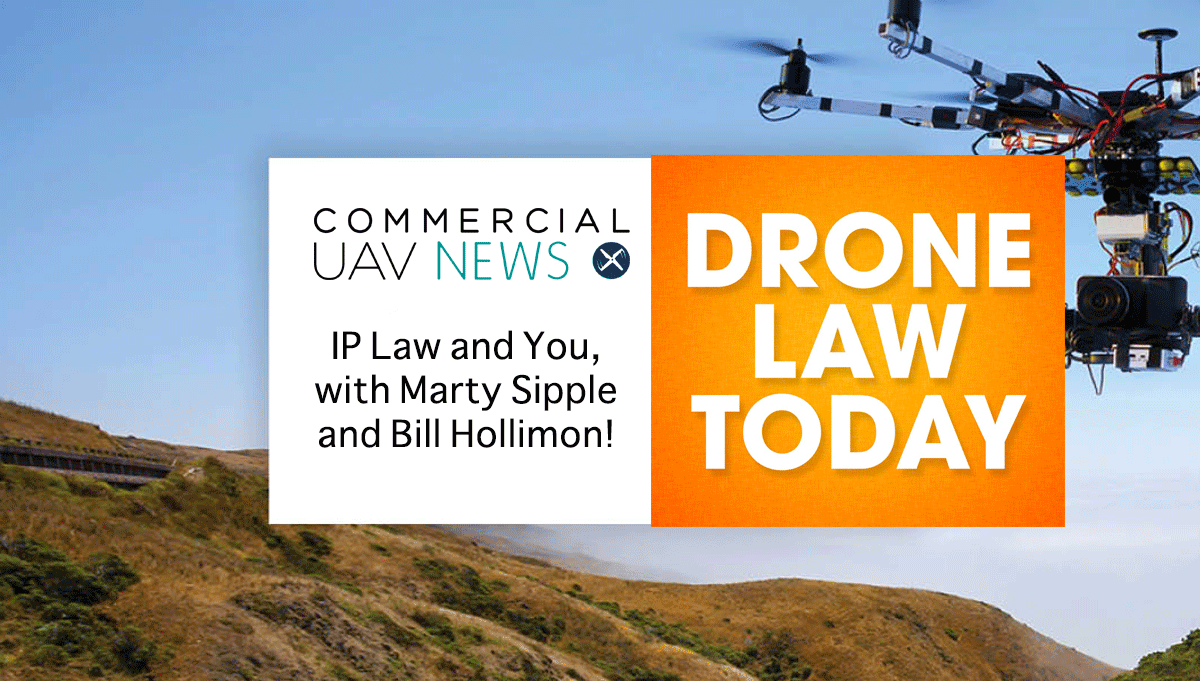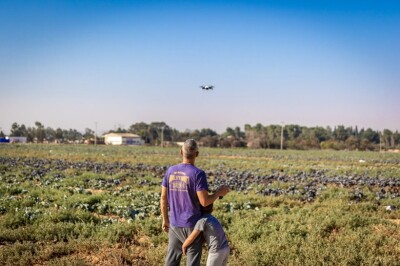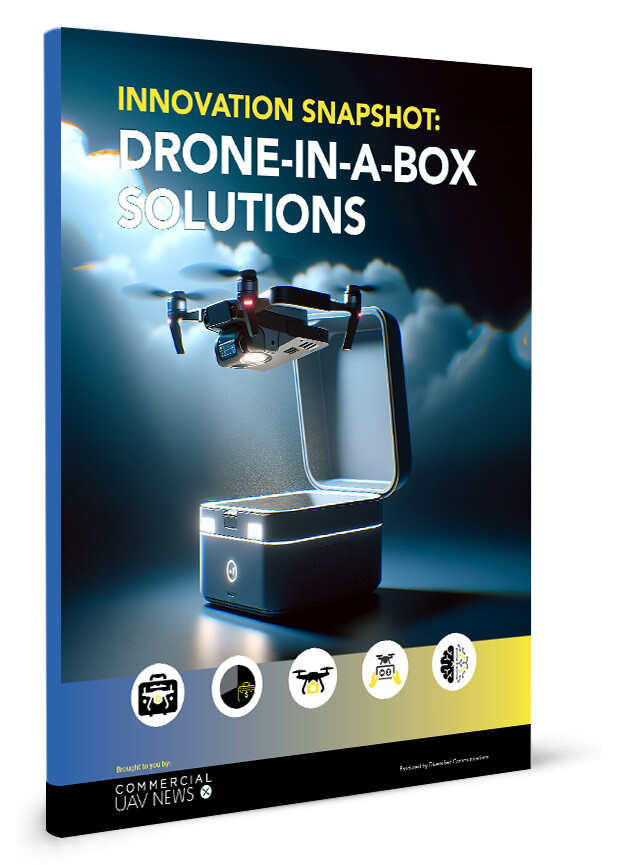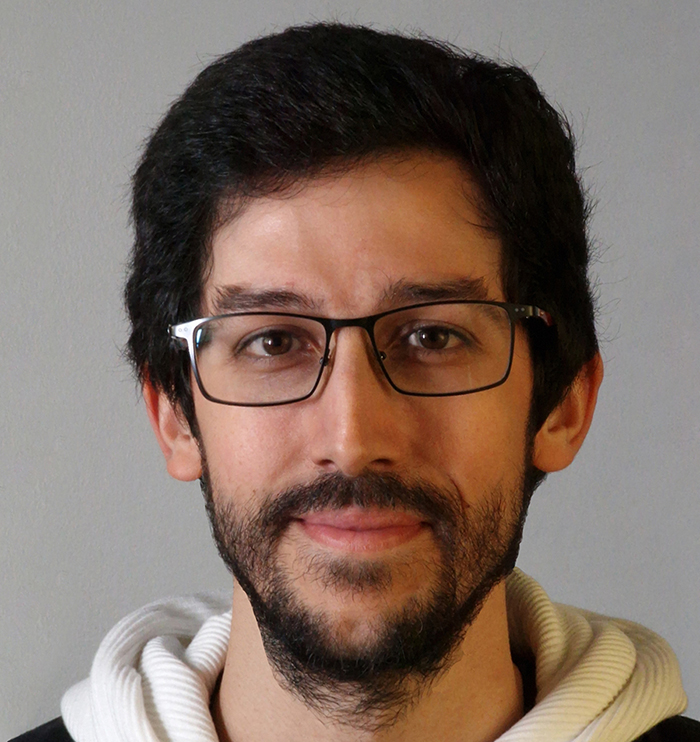Sorting through the distinctions between patents, copyrights, trademarks, and trade secrets isn’t something most commercial drone operators are prepared to get into. However, it’s becoming essential to at least have an understanding around how such things can and do impact a commercial drone operation as more and more people seek to capitalize on a supposed $127 billion dollar market.
Leaving aside whether or not such claims are far too ambitious, being able to understand terms that refer to property rights and the value they possess is an essential skill to have, and that’s exactly what host Steve Hogan explored with his guests on the IP Law and You, with Marty Sipple and Bill Hollimon! episode of Drone Law Today. Patents being issued to organizations like SLANTRANGE just made the news this week, which made many of the issues discussed on the episode especially relevant. I caught up with Steve to ask him a bit more about how he personally deals with these issues when they come up for him and get a better idea around how all of this can impact an operator's bottom line.Find out what he has to say about all of that and more via the interview below before or after you listen to the episode in iTunes or Stitcher or even your browser. Jeremiah Karpowicz: Hearing your colleagues talk through many of the complexities associated with patents, copyrights, trademarks, and trade secrets made me realize how nuanced this area of the law really is. Since it isn’t your specialty, how have you approached navigating it when it comes up in the context of drones?Steve Hogan: That’s the beauty of a law firm! When you’re associated with top-notch practitioners with their own areas of expertise, the whole is much more than the sum of its parts. I’m completely comfortable bringing a client with an IP litigation issue to Marty Sipple. It also helps to co-counsel with attorneys that have expertise that your team doesn’t have, like when we work with Bill Hollimon with clients that have patent applications to file. It’s the legal circle of life. It sounds like commercial UAV service providers could get a patent on the method they utilize for a given project, correct? Seems like that could make doing so an especially relevant product for service providers to have and that clients could specifically look to purchase when they’re sizing up various offerings.Absolutely. This dynamic has been huge in the tech arena for a long while – there is no reason that the drone industry would be any different. Patenting something like that would provide alternatives and options for a ROI in a drone investment, wouldn’t it?You got it! If you can find a way to patent an idea that can make someone else money, then you have something valuable to sell. This is a “mini” version of an innovative company that gets bought up by a bigger, more established competitor. The “big fish” just buys its innovation rather than trying to innovate as a big company. That’s much harder. How drone apps factor into this conversation is really interesting. Do you think the law will ever be able to “catch up” with the sped of technology in this area, or would doing so be irrelevant to the core issue?Thankfully, the app store shows us the way on this front. Like we said in our discussion, the “half life” of an app’s value is quite short. You are often better off marketing your way into a success story than trying to use the patent system. The patents we have available are a relic of a slower time. After hearing your guests talk through the complexities of this area of the law I would certainly agree that it’s best for anyone who’s going to be wading into these waters to connect with an attorney. Does that necessarily have to be an expensive proposition though?It depends! Cutting out your own appendix is “free,” but the consequences can be dire. If you’re serious about doing serious things, you should take it seriously. Professionals are here to help!Subscribe
The information you submit will be stored and used to communicate with you about your interest in Commercial UAV News. To understand more about how we use and store information, please refer to our privacy policy.
October 28, 2016
How Does IP Law Impact Commercial Drone Operators?















Comments